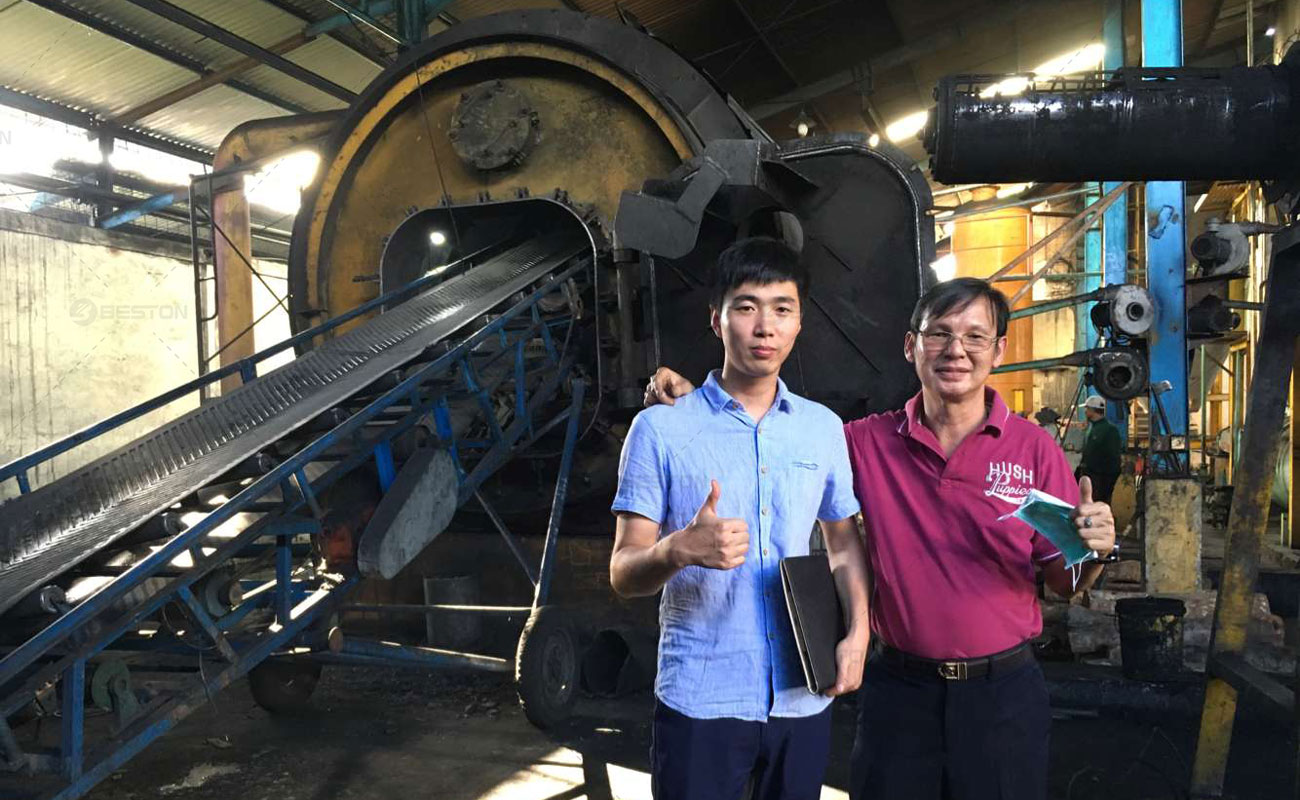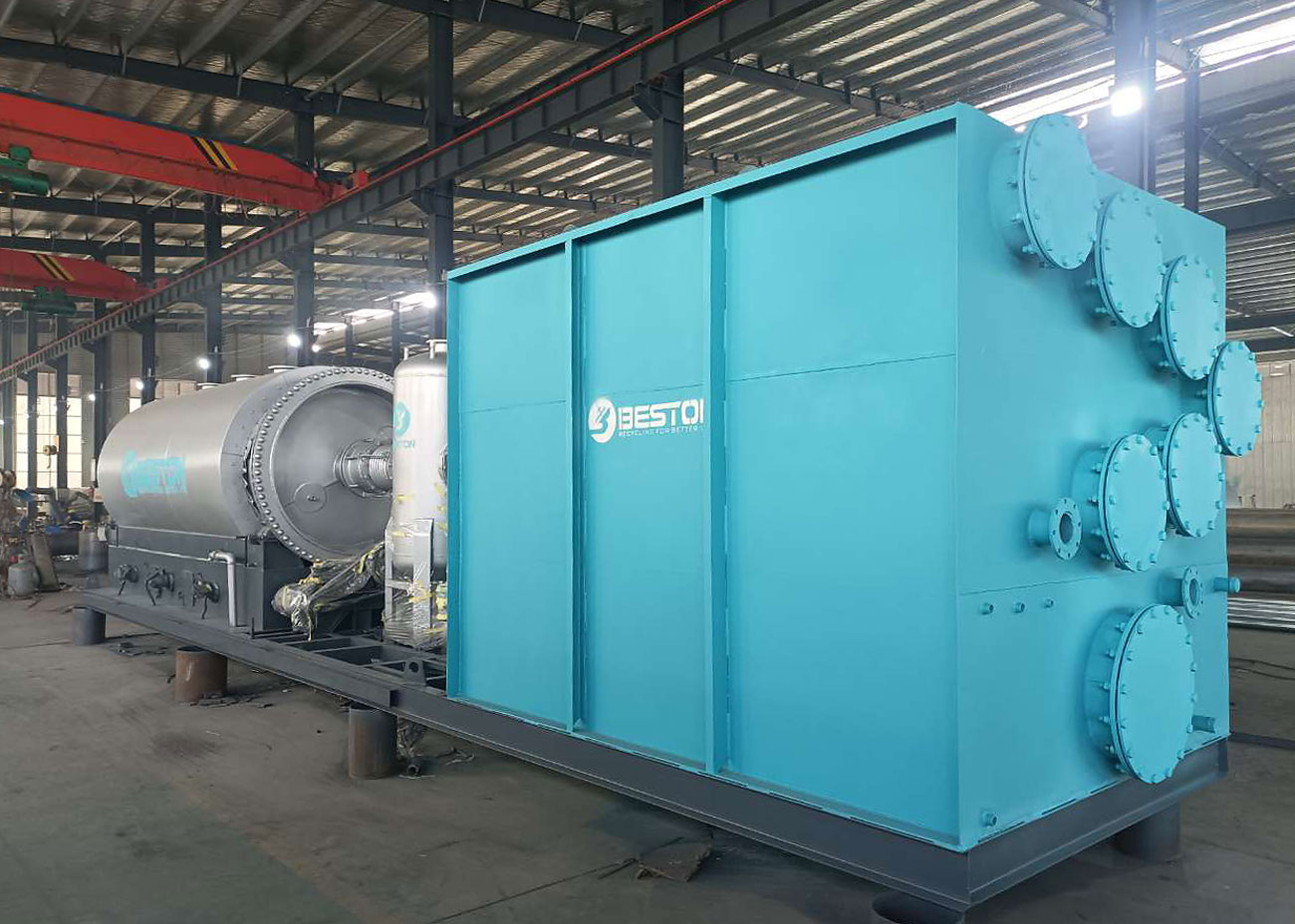Tire pollution is a pressing environmental issue, with millions of used tires ending up in landfills or being irresponsibly discarded each year. However, the advent of tire pyrolysis plants has provided a game-changing solution to address this problem. These innovative facilities can effectively reduce tire pollution and offer numerous environmental benefits. Let’s explore how waste tire pyrolysis plant work and why they are crucial in tackling this global challenge.

Tire Pyrolysis Process:
Tire pyrolysis involves thermal decomposition of waste tires in the absence of oxygen, converting them into valuable byproducts without causing harm to the environment. The process entails heating the tires at high temperatures, breaking down their complex compounds into three main outputs: fuel oil, carbon black, and steel wire.
Reduction of Tire Pollution:
By utilizing fully continuous pyrolysis plant, we can significantly curb tire pollution in the following ways:
a) Minimizing Landfill Waste: Tire pyrolysis prevents the accumulation of discarded tires in landfills, reducing their adverse impact on soil, water, and air quality.
b) Energy Recovery: The fuel oil obtained from the pyrolysis process can be used as a substitute for traditional fossil fuels. This reduces dependency on non-renewable energy sources and decreases greenhouse gas emissions.
c) Carbon Black Reuse: Carbon black produced during tire pyrolysis possesses high commercial value. It can be reused in various industries, such as rubber manufacturing, ink production, and construction materials, minimizing the need for new carbon black production and its associated environmental footprint.
d) Steel Wire Recycling: Tire pyrolysis plants extract steel wires embedded in tires, which can be recycled and reused, conserving natural resources and reducing the demand for additional mining.

Environmental Advantages:
The tire pyrolysis process offers several environmental benefits:
a) Air Pollution Mitigation: Traditional tire disposal methods like burning or stockpiling release harmful pollutants into the air. Pyrolysis plants, on the other hand, employ controlled processes that minimize emissions of toxic gases and particulate matter.
b) Resource Conservation: By recovering valuable materials such as fuel oil, carbon black, and steel wire, tire pyrolysis plants contribute to resource conservation and reduce the dependence on new raw materials. Contact pyrolysis machine manufacturers to see more options:
c) Reduced Carbon Footprint: Through energy recovery and the reuse of byproducts, tire pyrolysis significantly reduces greenhouse gas emissions, making it an environmentally friendly alternative to traditional waste tire disposal methods.
Conclusion:
Tire pyrolysis plants provide a sustainable and effective solution to combat tire pollution. By converting waste tires into valuable resources while minimizing environmental harm, these plants play a crucial role in reducing landfill waste, conserving resources, mitigating air pollution, and lowering our carbon footprint. Embracing this technology on a larger scale can create a cleaner and more sustainable future, helping us achieve a significant step towards a circular economy.